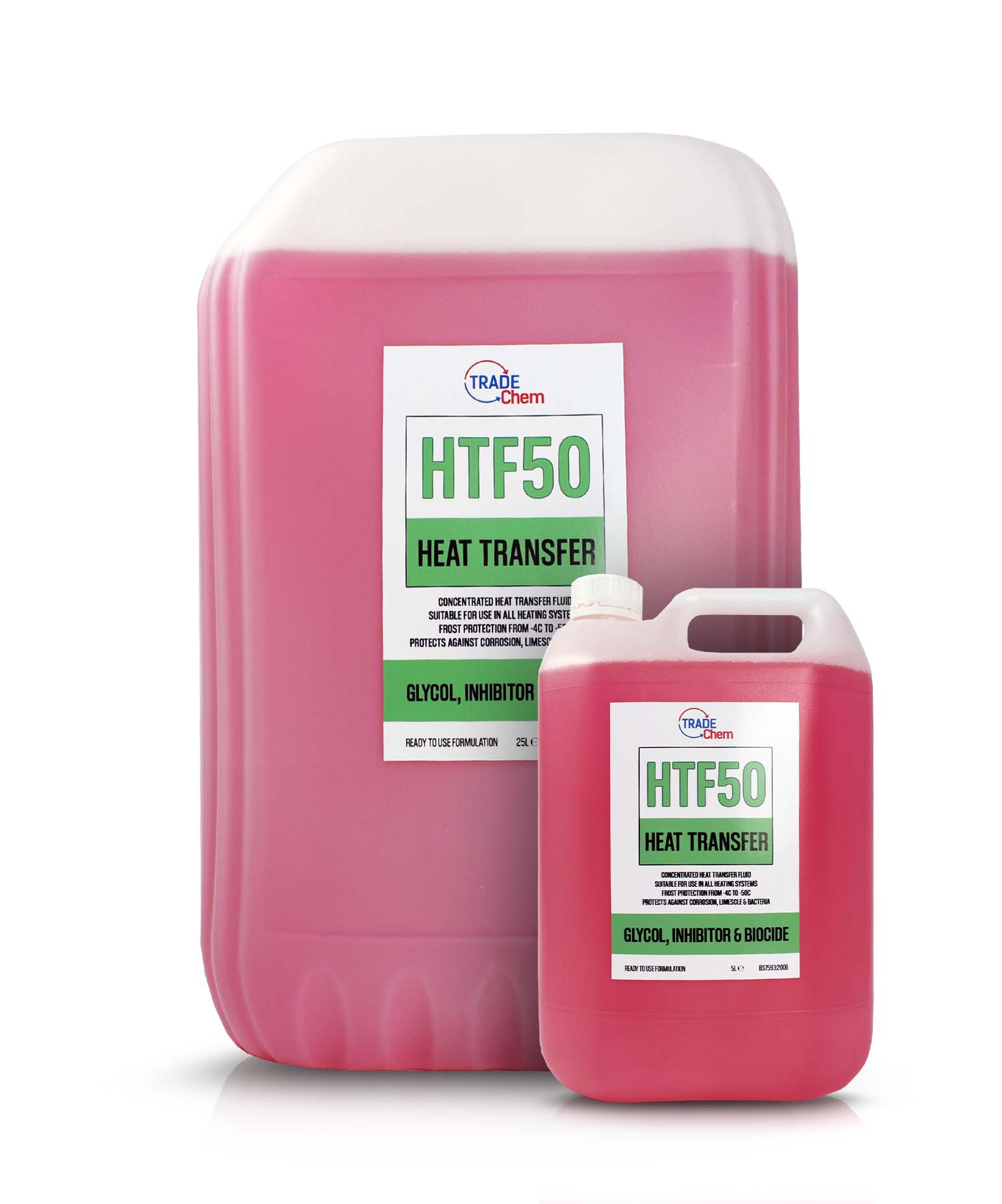Why Heat Transfer Fluid Is Necessary for Optimizing Power Transfer in Systems
The function of heat transfer fluids in optimizing energy transfer is pivotal for achieving efficient thermal management throughout numerous industrial markets. These fluids assist in seamless warm exchange, guaranteeing processes operate within optimum temperature level varieties and alleviating the danger of overheating.

Function in Thermal Management
Heat transfer liquids play a crucial role in thermal monitoring by successfully managing temperature levels in different industrial processes and systems. These specialized liquids promote the transfer of warm between different components, ensuring optimum operating problems and protecting against overheating. By keeping specific temperature level control, warm transfer fluids make it possible for sectors such as chemical production, oil and gas, and power generation to operate safely and effectively.
The choice of a suitable heat transfer fluid depends on several factors, including thermal stability, heat capability, and thickness. High thermal security guarantees that the liquid can stand up to extreme temperature levels without weakening, while a high warm capability allows it to take in and release considerable amounts of warmth - heat transfer fluid. Low thickness decreases the power needed for pumping, contributing to total system effectiveness
Additionally, heat transfer liquids are integral in applications like refrigeration, where they aid absorb and dissipate warmth during the cooling cycle. In solar thermal power systems, these fluids capture and transportation solar warm to create electricity or supply hot water. Their versatility to varied operating conditions and capacity to maintain constant thermal performance highlight their significance in commercial thermal management, promoting operational connection and enhancing precaution.

Enhancing System Efficiency
To maximize the advantages of thermal management, boosting system efficiency via the calculated use of heat transfer liquids is paramount. These liquids play an important function in optimizing power transfer by helping with consistent thermal guideline, which in turn influences the overall efficiency and longevity of systems. Effective warmth transfer causes minimized power losses, reduced functional prices, and enhanced reliability of tools. By preserving optimum temperature degrees, heat transfer fluids aid ensure that systems run within their designed specifications, therefore avoiding getting too hot and lowering the risk of part failure.

Kinds Of Warmth Transfer Liquids
The variety of warmth transfer liquids emphasizes their essential duty in an array of commercial applications, each customized to fulfill specific thermal monitoring needs. These fluids facilitate efficient energy transfer and are selected based upon vital homes such as thermal security, thickness, and warm ability. The key kinds consist of water, glycol solutions, oils, and synthetics, each offering distinct advantages.
Water is the most typical warm transfer tool due to its high certain warmth ability and reduced price. Its usage is limited by its freezing and steaming factors. Glycol blends, usually made use of in a/c systems, give a reduced cold point, adding versatility in various environments. Mineral oils are preferred for these details their thermal stability and non-corrosive nature, making them ideal for high-temperature applications.

These liquids make certain exceptional performance in systems where standard fluids may stop working. The option of a warmth transfer liquid is critical, as it influences system effectiveness, security, and durability.
Environmental and Economic Advantages
Utilizing the appropriate warm transfer fluids uses substantial ecological and economic benefits for industrial procedures. Ecologically friendly warmth transfer fluids, often eco-friendly and non-toxic, decrease the danger of dirt and water contamination in the occasion of leaks or spills, therefore shielding environments and complying with rigid environmental laws.
Economically, the right warmth transfer fluid can dramatically decrease functional expenses. Efficient warmth transfer decreases power expenditure, leading to lower energy bills and boosted success. In addition, fluids with extensive lifecycle performance lower the frequency of substitutes and maintenance, reducing downtime and connected costs. Buying top notch fluids can also minimize the danger of tools Clicking Here deterioration and failure, staying clear of costly repair work and expanding the life-span of crucial facilities. In affordable markets, these savings and effectiveness supply a distinctive advantage, enabling business to designate resources a lot more successfully and purchase more innovation. Overall, the strategic use optimal heat transfer fluids supports sustainable financial development and ecological stewardship.
Picking the Right Fluid
How does one browse the intricate procedure of selecting the best warmth transfer fluid for industrial applications? Picking the suitable fluid is essential, as it straight influences system performance, security, and functional expenses. Trick considerations consist of thermal stability, compatibility with system products, and operating temperature level range. Thermal security ensures the liquid can withstand heats without breaking down, while compatibility avoids deterioration or other destructive reactions with system parts. The operating temperature variety have to line up with the system's needs to maintain efficiency and long life - heat transfer fluid.
In addition, the fluid's warm capacity and thickness are extremely important. A high warm ability allows the liquid to soak up and move more power, enhancing performance. Meanwhile, ideal thickness makes certain minimal pump work and efficient heat transfer, specifically in differing temperatures. Environmental and safety elements ought to additionally belong to the decision-making process. Safe, eco-friendly fluids minimize ecological influence and abide by regulative requirements, minimizing obligation threats.
Final Thought
The calculated selection and application of warmth transfer liquids are essential to enhancing power transfer across various systems. By ensuring high thermal stability and ability, these liquids offer accurate temperature control and Read Full Article boost general system effectiveness. This optimization adds to lowered functional expenses and lower greenhouse gas emissions, hence advertising sustainability. The choice of liquid, tailored to specific thickness and functional demands, is important for making the most of efficiency and accomplishing economic and ecological benefits in commercial processes.
Comments on “Just How Heat Transfer Fluid Influences the Performance of Heating And Cooling Systems”